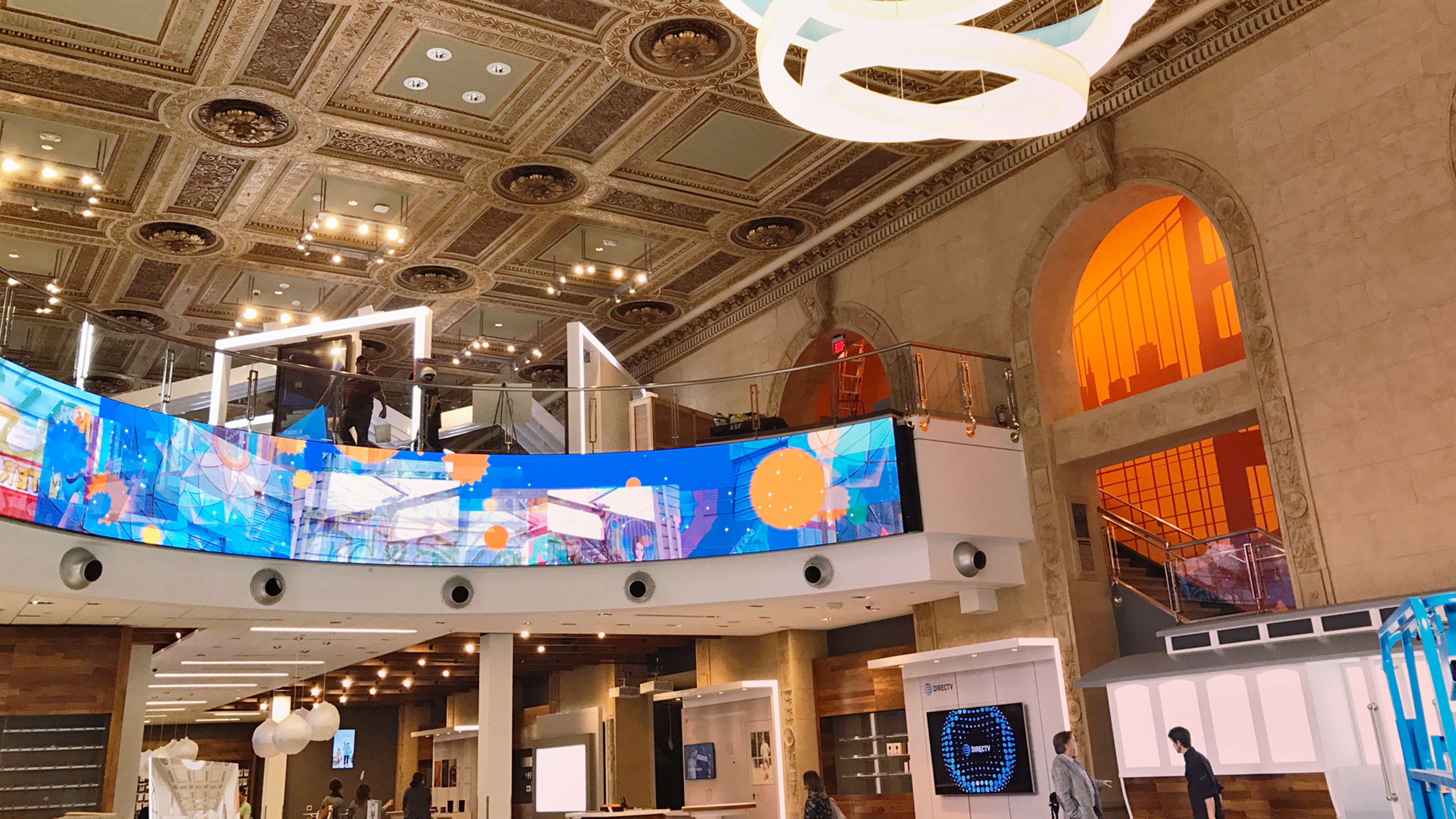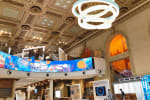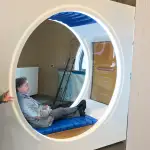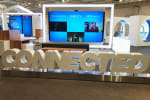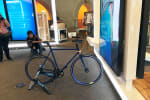There’s absolutely nothing remarkable about the AT&T store near my office in San Francicso. Once you’re inside, it could be any neighborhood AT&T shop, anywhere in the country.
On September 28, however, it’s being replaced by a 24,000-square-foot West Coast flagship store that will be the largest AT&T retail establishment in the country–and, I imagine, the most spectacular. I recently got a sneak peek inside as the company raced to put the finishing touches on the place.
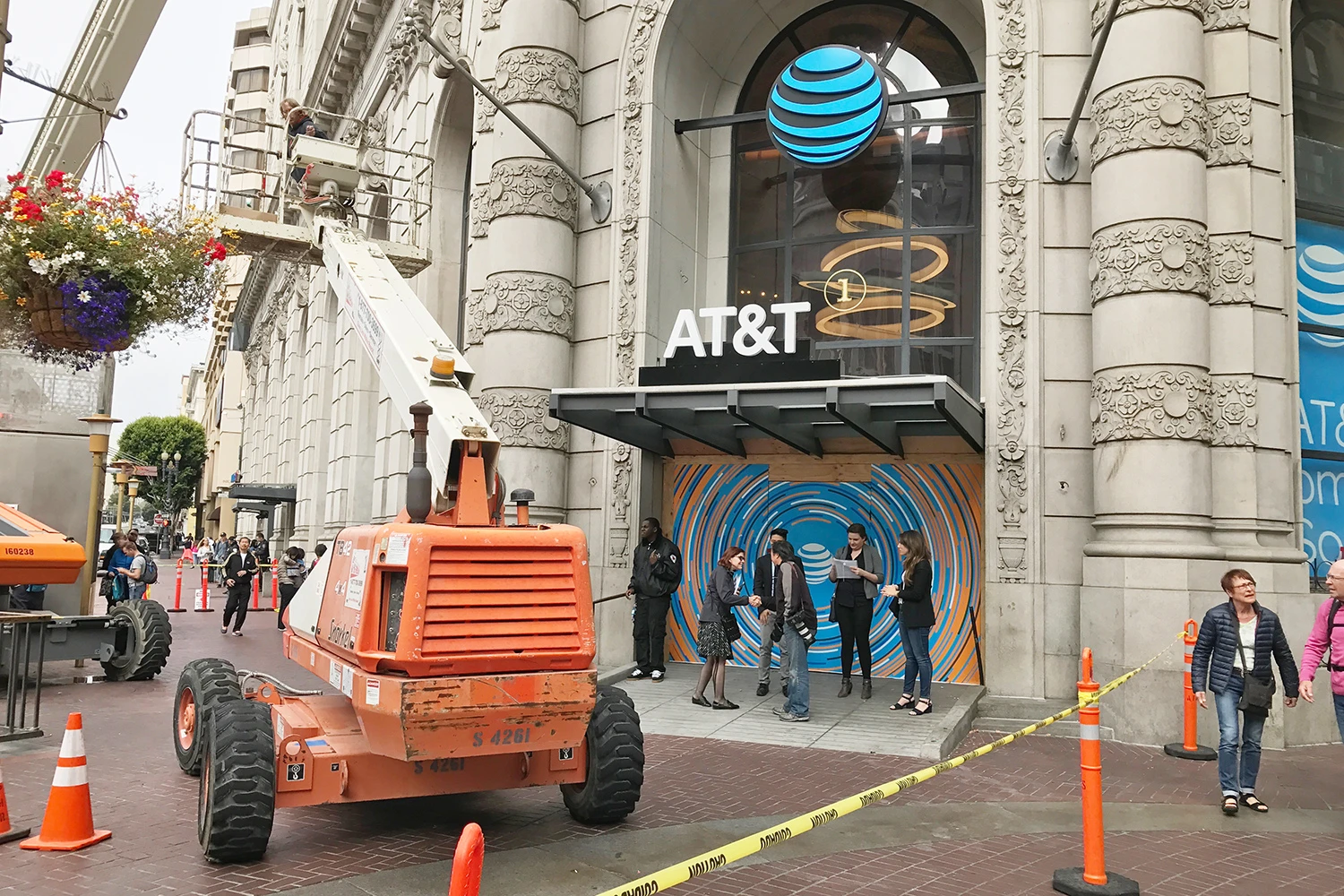
The new space at One Powell Street used to be a sprawling Forever 21 store, but more importantly, it’s a historic 1921 building that was originally the headquarters of the Bank of Italy, which later became Bank of America. Designed by a noted San Francisco architecture firm, Bliss and Faville, who also did the iconic St. Francis Hotel, One Powell is strikingly evocative of its era and located right next to a cable-car turnaround generally teeming with tourists.
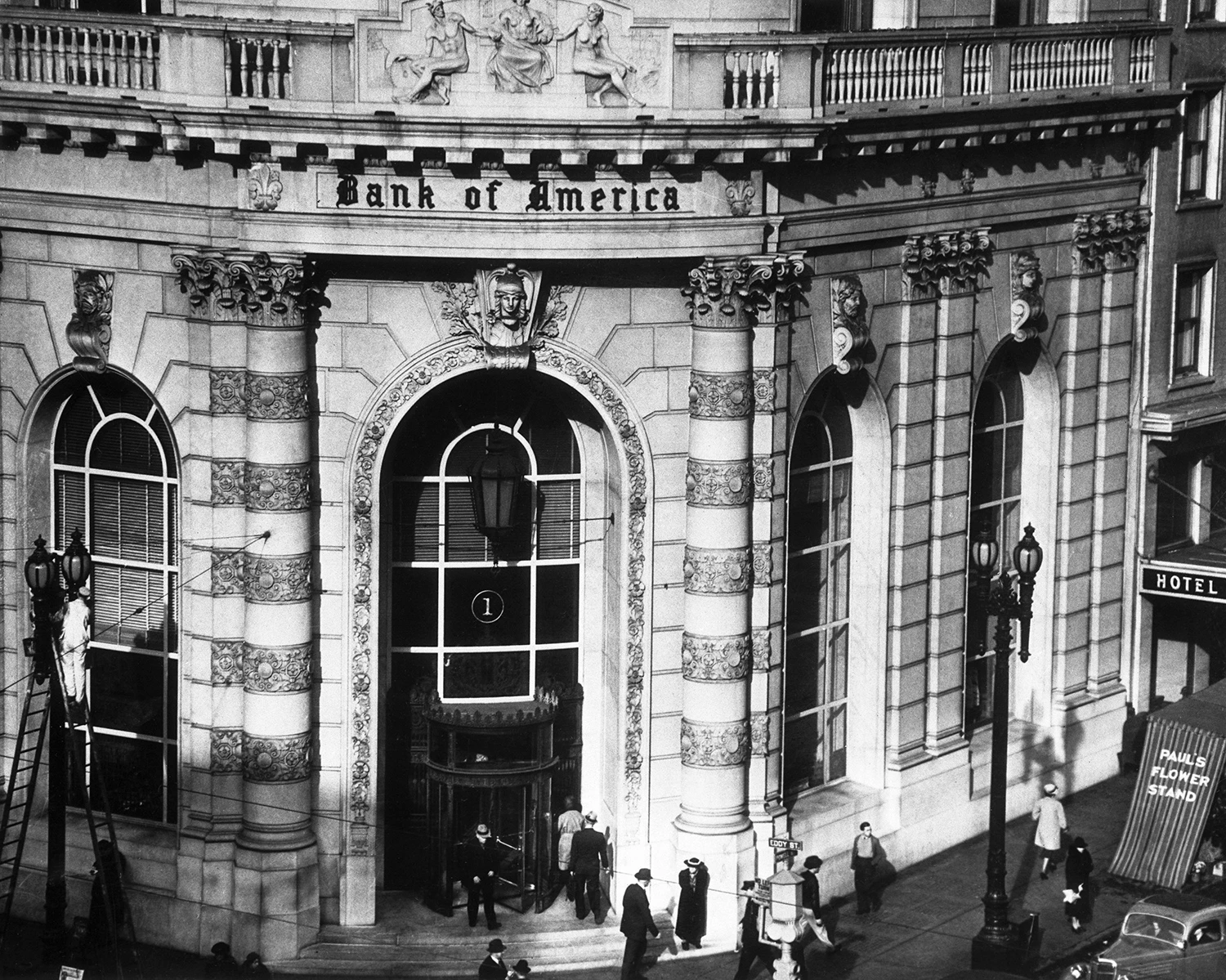
Inside, the building has an amazingly ornate ceiling, faux marble walls, and other touches that AT&T is showing off and restoring where necessary. But the company is also packing the place with technology, including a 48-foot-wide curved video screen that will show a rotating sequence of images intended to reinforce the idea that AT&T is an integrated provider of products and services designed to connect, entertain, and inspire.
The main floor will be devoted to phones and other gadgets, plus an assortment of accessories that will include some posher-than-usual items from brands such as Kate Spade. (Besides the splashy front entrance, there’s a low-key back door that AT&T expects locals might use if they’re doing something mundane like coming in to pay a bill.)
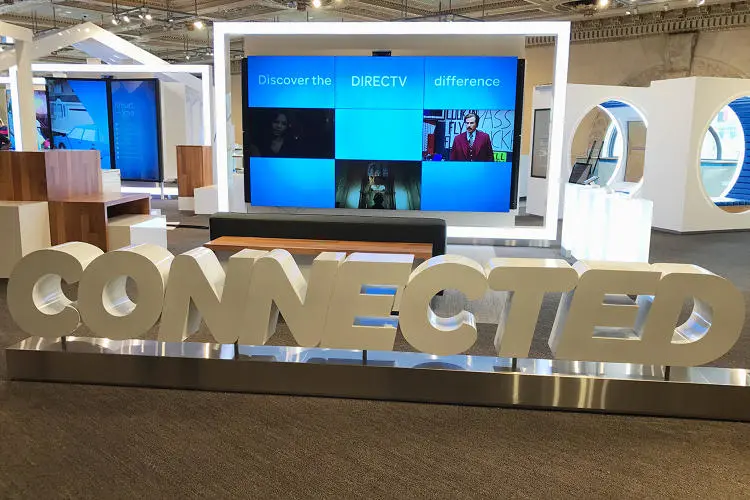
Take the escalator up to the mezzanine, and you’ll find a series of experiences–they vaguely reminded me of Disney World’s Epcot–such as a kitchen equipped with a smart refrigerator; a smart bike you can pedal while watching scenes of San Francisco; a living room-like area equipped with AT&T’s TV service, DirecTV; and many screens showing promotional videos. The goal, obviously, is to get consumers thinking about the company as something bigger than a provider of wireless services for smartphones.
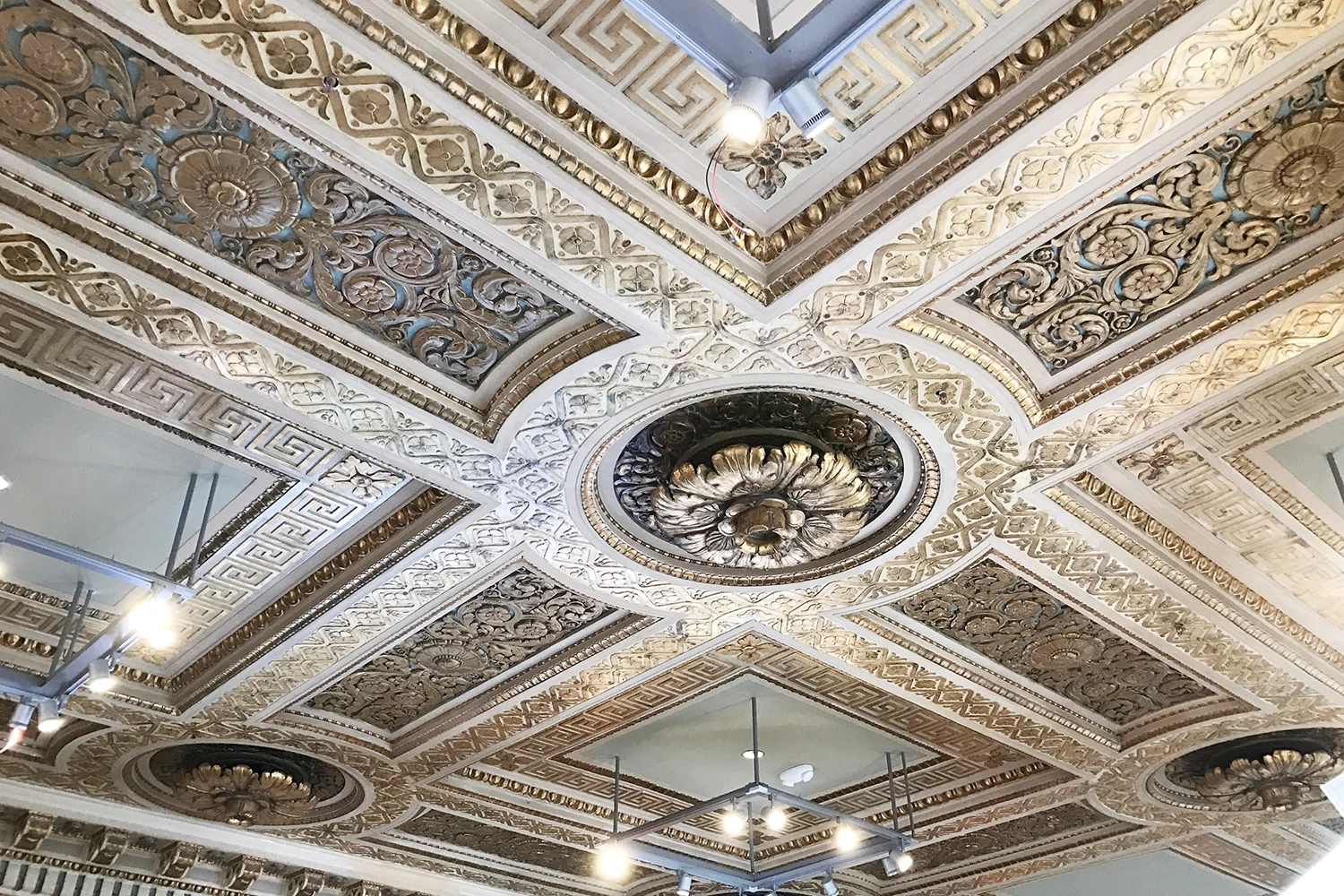
With the notable exception of the Apple Store’s fanciest branches, the tech industry doesn’t have a great track record of building over-the-top flagship stores that actually do well enough to stay around for the long haul. (Some of us remember the long-gone massive storefronts that Microsoft and Sony opened in 1999 at the Metreon, a few blocks from One Powell.) AT&T obviously built this new flagship to make a statement, not just move product. In the end, though, it will only flourish if the selection of items is appealing and the customer service is up to snuff. And even then, it seems like a pricey undertaking.

But if you happen to find yourself near the corners of Powell and Market Streets in San Francisco anytime soon, it’s well worth stepping inside and taking it all in. Did I mention that the ceiling is incredible?
Recognize your brand’s excellence by applying to this year’s Brands That Matter Awards before the early-rate deadline, May 3.
